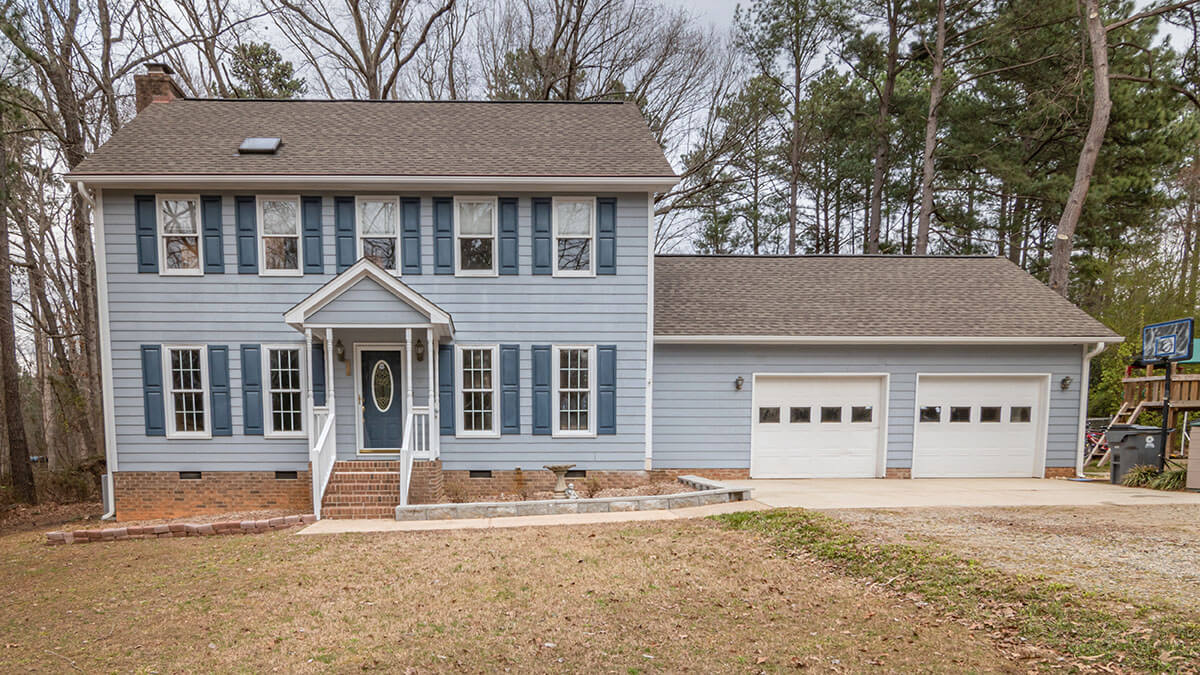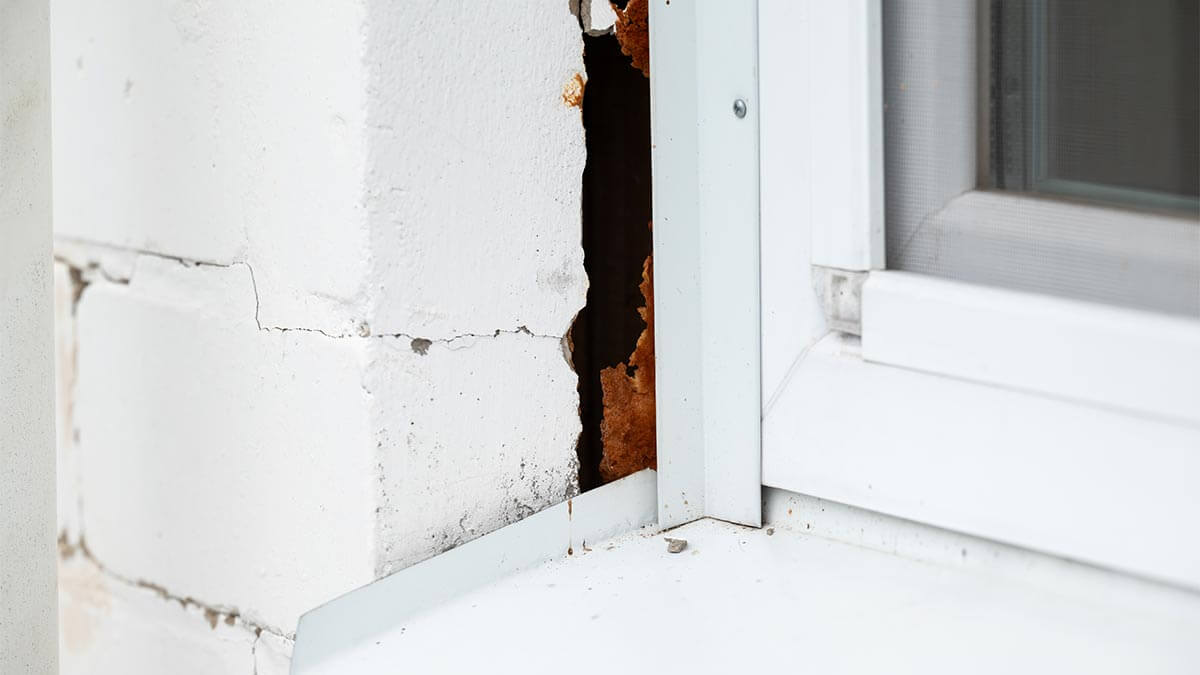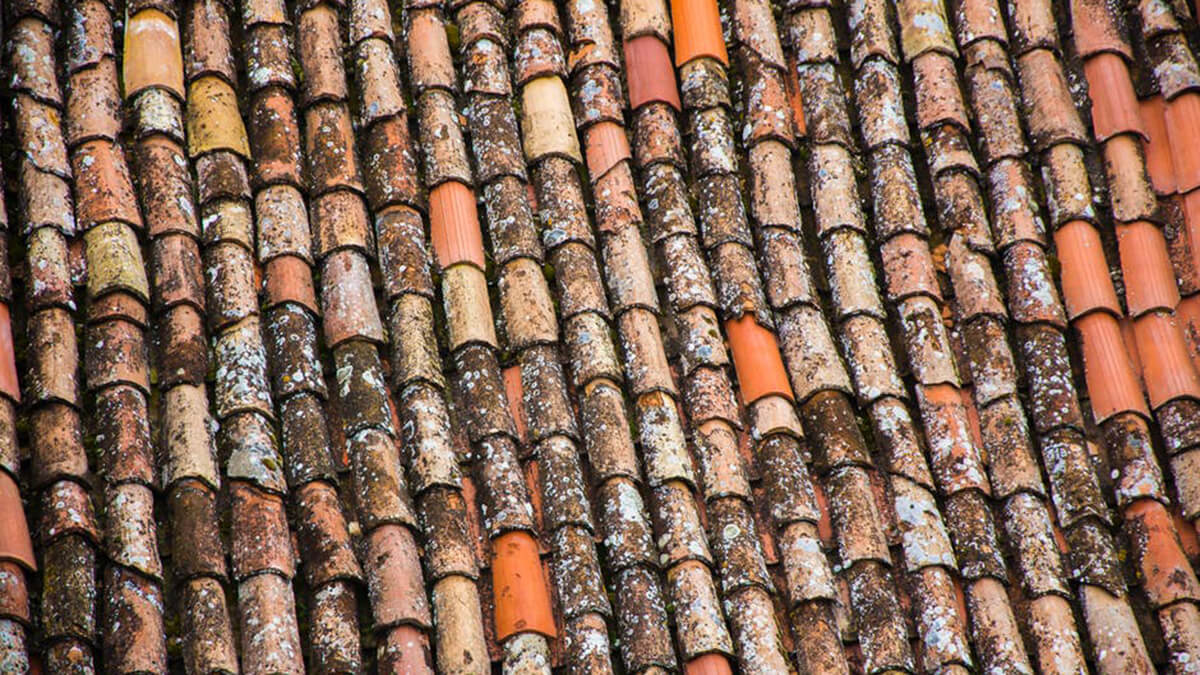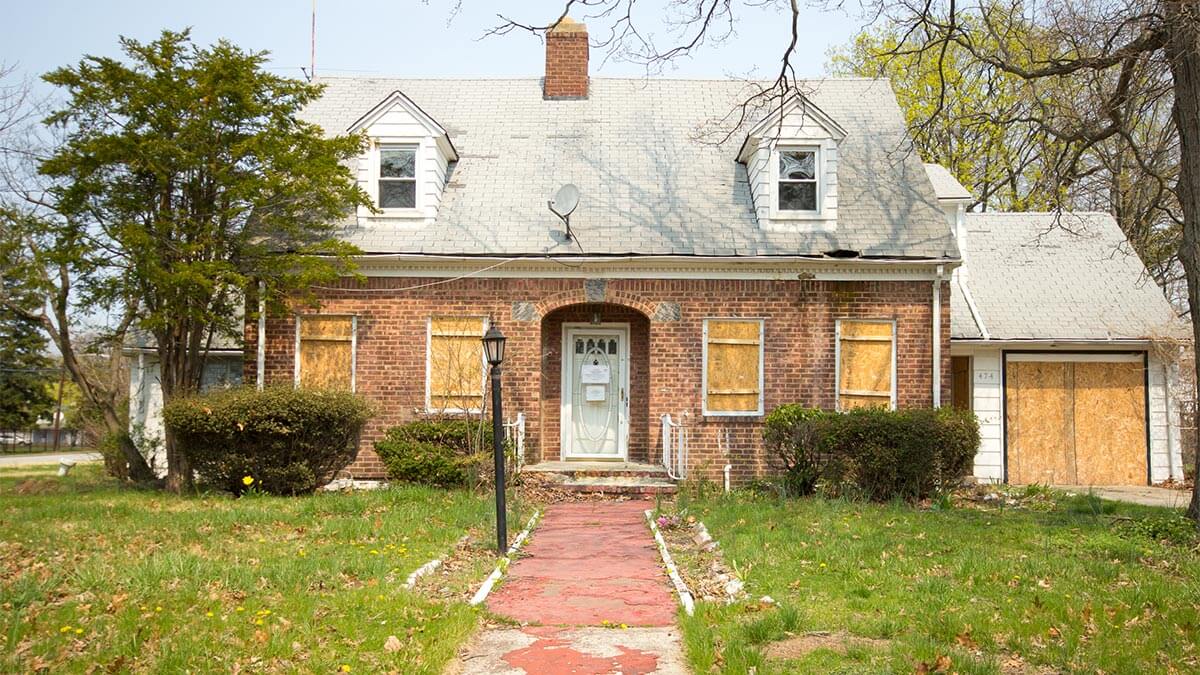Selling a house as-is can seem like a straightforward option, but it often means accepting a lower sale price. Homeowners frequently ask how much they might lose by not making necessary repairs or upgrades.
Avoid the typical financial hit of selling as-is with iBuyer.com. We provide a quick, fair cash offer for your home in any condition, sparing you from expensive fixes and lengthy market times. Simplify your sale and retain more of your home’s value with iBuyer.com.
In this article, we’ll dive into the financial implications of selling a house as-is. You’ll learn about the factors that influence the sale price and get practical advice on managing the process.
Continue reading to understand the costs involved in selling as-is and see how we can help you secure a hassle-free sale.
Table of contents
Cash offers on your home? You’re in the right place!
What happens when you sell a home as is?
When you sell your house as is, the buyer buys it knowing the seller is choosing not to make any repairs. The buyer accepts the current condition of the property warranty-free. This includes all those paint scuffs, broken porch railings, and dripping washers.
This is different from traditional sales as usually, the seller would make repairs and spruce the house up before listing it. Instead, you’re getting what you see and there will be no changes made to the property pre-sale.
This doesn’t mean you can hide any of the issues you know about your home though. Once in the disclosure stage, you have an obligation to make the buyer aware of all known issues. This includes those that impact the property’s value, like cracked foundations.
Selling as is also doesn’t stop the buyer from doing their own inspection. Whatever type of sale it is, the buyer has the right to inspect the home for any defects. If the buyer finds issues that you haven’t told them about, then they can renegotiate buying terms. This includes the price they will pay for your property.
This is why it’s good to have a seller’s pre-inspection if you want to sell as is. If you get this done before any buyer approaches you, you have all the defects disclosed in full.
This is inspection provides an unbiased, third-party report that the buyer can refer to if they wish. It can help put both parties at ease in what can be a scary buying and selling process. It also gives buyers an idea of what level of work needs doing right from the start.
What can impact how much you lose selling as is?
There is no hard and fast rule for working out how much you could lose selling as is. There are too many variables, so it’s better to break it down into the factors that can impact the selling price. Here we will look at the common factors buyers take into consideration when making offers on as is homes.
The type of buyer
You should expect different offers from a buyer looking to live in your home and a cash buyer investor. Their goals for your house are very different, and this is often reflected in the money they pay.
Buyers who want to live in your home
Potential buyers who see a home they like sold as is will be more suspicious. They will wonder if there is more to the story than what they’re seeing in the listing photos or open house.
Their main concern is the issues that could crop up further along the line. These include repairs that could end up more complex, exceeding the estimates given.
There was a time when fixer-uppers were desirable to home buyers. They would get them for less and build the equity up by doing the work themselves. Not now though, a vast majority of buyers are looking for a home they can move right into. They want a blank canvas that only needs painting to taste and styling.
Because of this, you’re limiting your pool of potential buyers. In most cases, any offers you do get will be lower than your asking price. Even in a sellers’ market, you’ll see fewer offers coming in from this type of buyer.
Investors: including house-flippers and cash offer companies
Unlike buyers looking to live in the property, investors only care about the profit they can make and choose investment properties accordingly. Each investor will make their own risk calculations which then reflect on the offer.
Short vs long-term strategies play a role and impact how much they’re willing to pay. The biggest factor at play here is the exit strategy. Usually, an investor can pay more for a house they want to hold onto and rent out, opposed to one they want to fix and sell.
As a rough ballpark, homeowners could expect to take between 75% – 95% of their home’s value (after repairs). But every cash buying company and iBuyer is different, so it’s important to get quotes.
The good part about cash buyers is the seller usually doesn’t pay the closing costs. As no agent is involved, there aren’t the costly commission-based fees either to consider. So, depending on your property’s condition, you could end up with more money in your pocket at the end of the day.
Example of selling as is: A cash buyer wants to put an offer on a home they think will need $20,000 in repairs. But once made, the house could sell for $200,000. Offering also to pay for all the seller’s costs, the final offer is 75% of the after repair value (ARV) which sits at $150,000.
Example for Selling After Repairs: The homeowner spends the needed $20,000 to make the repairs. They set the price at the valuation amount of $200,000.
A buyer who wants to live in the home makes an offer. The seller still has to cover their own closing costs which amount to 8% of the sale price ($16,000). Taking this into account with the money spent on repairs, the sale price comes in at $164,000.
The homeowner will net 8.5% less selling as is in this scenario. But, this doesn’t cover the extra fees at play, like paying off the mortgage, realtor fees, and legal fees to name a few. This is the part, depending on your selling situation, where you could see the savings.
The condition of your home
The better condition your home is in, the closer to the market value you can get. This is irrespective of the type of buyer. Homes that need major renovations will receive lower offers due to:
- Time required to fix them up
- Effort and stress of planning and actioning repairs
- The amount of cash injection needed to get work done
There can be a lot of work needed to get a property up to the standards of others in the neighborhood.
From an investor’s perspective, they’re looking to make as much profit as possible. They still need to make this profit on a house that needs major renovations for the investment to be worth it.
If your home is not in bad shape, you might not see much of a dent in the amount you receive. For a house that would sell for $140,000 and only needs $15,000 of repairs, you could see as little as 4.4% less from selling as is.
In this case, minus the repair costs and fees, if the seller renovated themselves they would get $113,000. But they also have the headache and stress of organizing those repairs.
By selling as is, for 77% of the post-repair value, they would net $107,800. This is without any costs to the seller or the hassle of getting the repairs done and putting it on the market.
Improvements impact the offers you get
Even the most minor improvements can help increase the amount of profit you can receive. For example, take a home that had been on the market for 6 months at $400,000. An offer for $320,000 was already rejected by the seller.
At the end of the listing period, it’s taken down off the market and the agent recommends improvements. The home should have professional staging, the painting should be redone. On top of this, replacing the lighting and hardware, came in at a total of $5,000.
They suggest the seller put the price down to $375,000 as this is more reflective of the current local market. That same buyer who made the lowball offer of $320,000 is now happy to offer the full asking price. The house is more attractive, the space is clearly defined and the price reflects the market in the area.
If the seller accepted the offer on their home as is of $320,000 this would have netted them 13.3% less on the sale. Even after taking into account the investment of $5,000 by the seller to make minor tweaks. While the value won’t always increase this much, it goes to show how even minor investments can boost your bottom line.
Location of the property
When it comes to the offers you get, location plays a major role. There is a reason the phrase: location, location, location is popular among realtors. The more desirable the location is, the stronger the offer will be. This counts for selling as is or in a conventional sale.
Factors that make a location more desirable include:
- Ocean views
- Quiet cul de sacs away from busy streets
- Desirable school district
- Close to local, popular amenities
- Central city locations
If you sell as is, a great location gives security to a cash buyer that they can turn over the projected profit. For a home buyer, it can swing their opinion and make the repairs seem a worthwhile investment.
For example, take a home worth $200,000 after repairs in the sought-after area of Grand Rapids, Michigan. With spectacular river views, affordable living, and a strong jobs market, it’s number 34 on the list of best places to live in America.
This property needs $6,000 – $7,000 in repair costs, but it’s in good shape. The investor buys it as is for $175,000. If the seller had done the work and put it on the market, they might have gotten $180,000 – $185,000. Here, the seller who opted for a cash buyer only loses between 2.7% – 5.4% of projected profit by selling as is.
In this case, the area would improve the house value because of the faith it gives investors that it can sell. If compared with that same house in a different area, that offer would have been much less due to the increased risk of selling for profit.
The current state of the market
When the market is strong in favor of the seller, the offer gap between as is and conventional sales reduces. In some cases, it closes completely. When there are more buyers than homes, the buyers can’t afford to be picking about the price or the condition.
You’ll see buyers paying way over the odds for homes in terrible conditions. All because there is little to no other inventory in that area they want to live in. This is even more true of areas with higher desirability.
In a normal or buyers’ market, they’d never dream of paying those prices. But people need to move for their own reasons and find they end up taking what they can afford to get at the time.
It seems that in extreme sellers’ markets, even the most major repairs like extreme roof damage get ignored. Even then, offering the full asking price isn’t a guarantee for home buyers. If a cash buyer sees the potential for profit and offers more than them, in cash, with no seller fees, it’s a no-brainer.
How much do you lose selling a house as is?
So, how much do you lose selling a house as is? The difference in margin isn’t as large as people might think it is. In most cases, you’re looking at offers coming in at 75% – 95% of the after repair value. But many factors can determine the offer price.
It’s not an exact science, as every property and area is unique. It’s why you should keep your options open and get quotes from a few different cash investors. If they offer a quick closure with no seller fees, this can even leave you with more money in your pocket. But it will depend on the condition, and the level of effort, time, and money you want to put into the selling process.
For more information, get your free home valuation today. At iBuyer, we put you in touch with cash investors you can trust to offer you fair, market-based quotes with a quick, hassle-free process.




